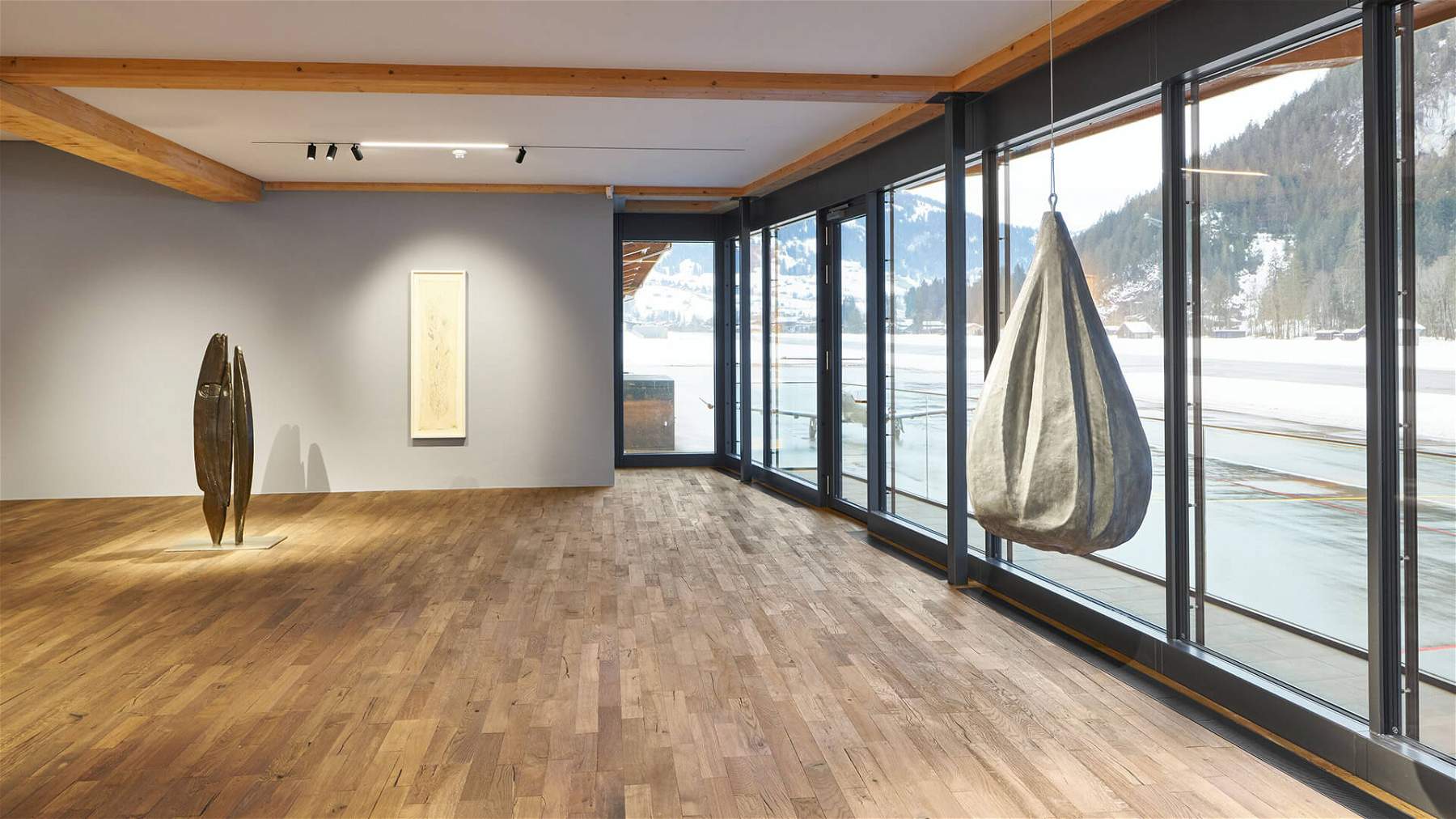Switzerland, Hauser&Wirth dedicates an exhibition to Louise Bourgeois in the heart of the Alps
This winter, Hauser & Wirth brings to the Swiss Alps the work of one of the 20th century’s most celebrated artists, Louise Bourgeois (Paris, 1911-New York, 2010). Indeed, the Swiss gallery brings to the Tarmak22 exhibition space in Gstaad (and online for those who cannot go live) the exhibition The Heart Has Its Reasons, which takes its title from Blaise Pascal ’s famous phrase “the heart has its reasons of which reason knows nothing.” Bourgeois studied mathematics and philosophy at the Sorbonne, Paris, and wrote her thesis on Pascal; but the death of her mother in 1932 led her to abandon these studies and turn to art. She nevertheless remained a Pascalian, convinced that there is something in our emotional and psychological experience of the Other that escapes or transcends all rational explanation. For the French artist, this relationship with the Other is a complex arrangement and constitutes a world in itself.
The Heart Has Its Reasons, on view through Feb. 3, 2021, presents a selection of Louise Bourgeois’ important sculptures and drawings dating from 1949 to 2009, and explores the central themes of her practice. Motifs such as the couple, the paired form, the house, the bed, the landscape, and the human anatomy are based on the dynamic interplay between the binary oppositions (mind and body, geometric and organic, male and female, conscious and unconscious) that animate Bourgeois’s world as a whole. Above all, this exhibition speaks of Louise Bourgeois’ “need for love,” the “pole star” she could not do without.
In one of the iconic sculptures, The Couple (2007-2009), the female figure’s hair is transformed into an eccentric spiral shape that binds her to the male figure. That the sculpture hangs from a single point expresses the fragility and precariousness of the relationship. The tight coils of the enveloping spiral aim to defeat the fear of separation and abandonment. The motif of the house in Bourgeois’ work is also double-sided. In the two suspended nest-like dens (1962; 1986-2000), it is a metaphor for retreat, while the house that sits on one of the fused arms in Untitled No.7 (1993) represents an ideal of rest, security and happy couple.
In Eyes (2001), light emanates from protruding pupils almost to a psychic landscape over external reality. For Bourgeois, the act of looking symbolizes introspection and self-knowledge, but it also has its sexual and erotic side (i.e., looking and being looked at). In the series of drawings La Rivière Gentille (2007), which alludes to the Bièvre River that flowed behind Bourgeois’s childhood home in Antony, the landscape is introjected into the body: here, person and place come together through the artist’s act of re-enactment. As Bourgeois wrote in the text (from 1959) that formed the basis of this work:
The sound of a pebble falling into the black water
and distant of a well.
unconscious memories being reborn
The exhibition coincides with Louise Bourgeois. To Unravel a Torment at the Serralves Museum, Porto, Portugal, on view from December 3, 2020 to June 27, 2021. Upcoming projects include the upcoming exhibition Louise Bourgeois, Freud’s Daughter opening next spring at the Jewish Museum, New York, NY, curated by Philip Larratt-Smith.
For all information you can visit Hauser & Wirth’s official website.
 |
| Switzerland, Hauser&Wirth dedicates an exhibition to Louise Bourgeois in the heart of the Alps |
Warning: the translation into English of the original Italian article was created using automatic tools. We undertake to review all articles, but we do not guarantee the total absence of inaccuracies in the translation due to the program. You can find the original by clicking on the ITA button. If you find any mistake,please contact us.




























